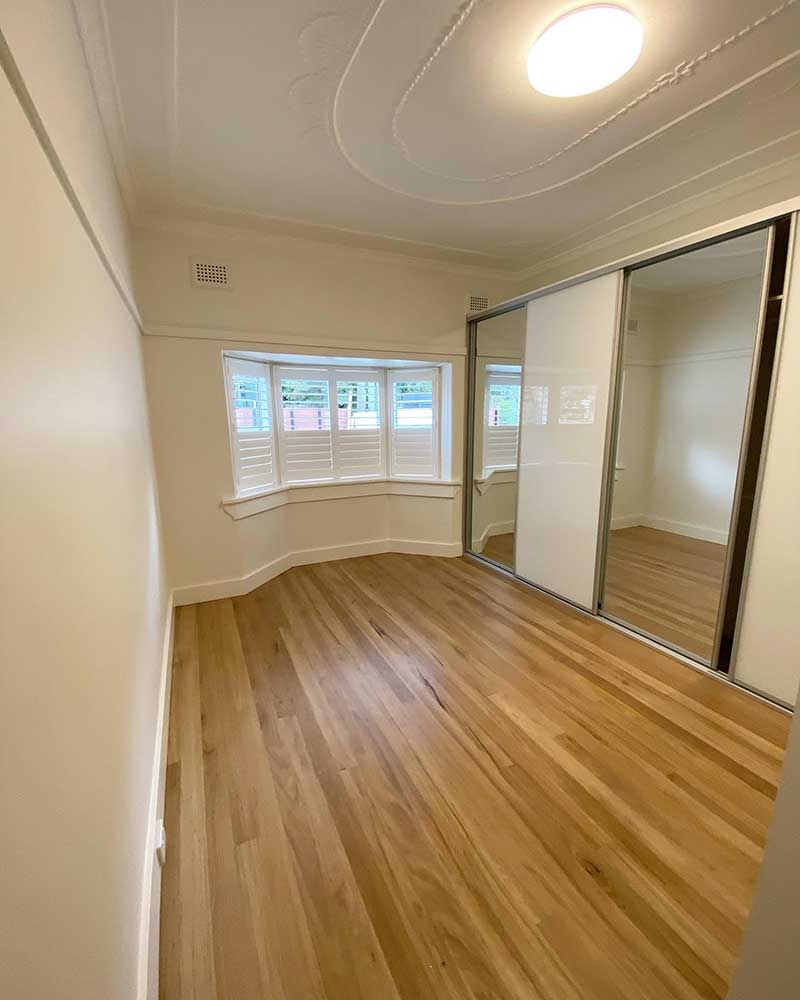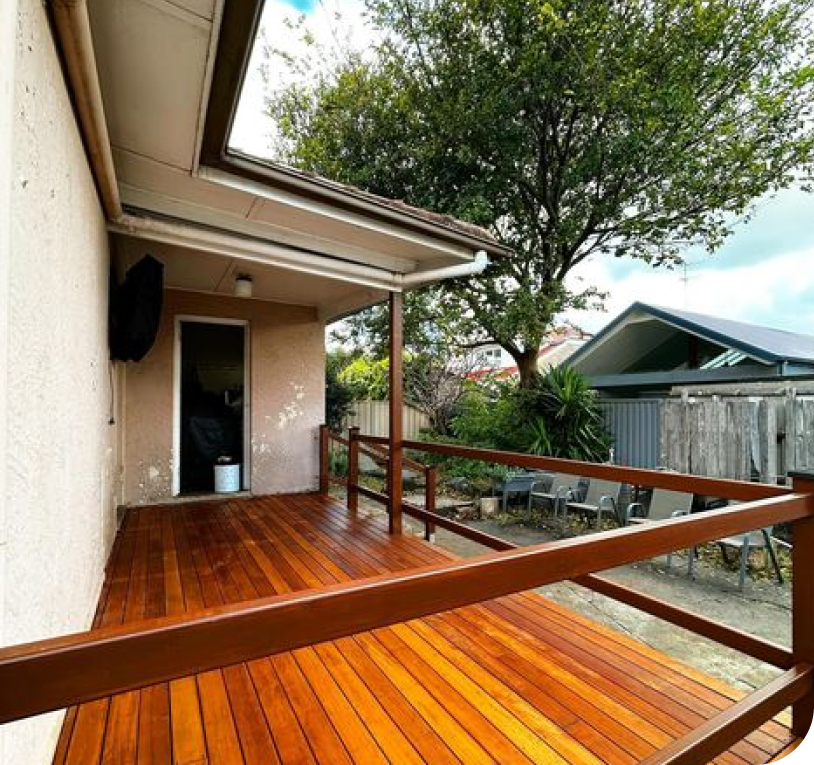Selecting the perfect flooring for your home is a decision that goes beyond aesthetics. It involves
considerations of durability, maintenance, and functionality. With a multitude of flooring options available,
navigating the choices can be overwhelming. This comprehensive guide aims to simplify the decision-making
process and help you choose the right flooring that aligns with your lifestyle, design preferences, and budget.
1. Consider Your Lifestyle:
Start by assessing your lifestyle and the specific needs of each room. If you have a bustling
household with kids and pets, durability and ease of cleaning become paramount. High-traffic areas may benefit
from resilient and low-maintenance flooring.
2. Evaluate Room Functionality:
Different rooms have different functions, and your flooring should reflect that. For example:
- Living Room: Comfort and aesthetics are key. Carpets, hardwood, or laminate can create a
warm and inviting atmosphere. - Kitchen: Easy cleaning and resistance to moisture are crucial. Tile, vinyl, or laminate are
popular choices. - Bedroom: Comfort and warmth are priorities. Carpets or hardwood with area rugs can add
coziness. - Bathroom: Water-resistant flooring like tile or vinyl is essential to withstand moisture.
3. Understand Flooring Materials:
Each flooring material comes with its unique characteristics. Here are some common options:
- Hardwood: Timeless and durable. It adds warmth and character to any space but may require
more maintenance. - Laminate: Budget-friendly and versatile, it mimics the look of hardwood or stone without
the hefty price tag. - Tile: Durable and water-resistant, ideal for high-moisture areas like kitchens and
bathrooms. Comes in various materials like ceramic, porcelain, or natural stone. - Vinyl: Budget-friendly, easy to clean, and available in a wide range of designs, including
styles that mimic wood or tile. - Carpet: Provides warmth and comfort. Perfect for bedrooms or living rooms. However, it may
require more maintenance and isn’t suitable for high-moisture areas.
4. Budget Considerations:
Establish a budget early in the process. Flooring costs vary widely, and understanding your
financial constraints will narrow down your options. While hardwood may be luxurious, alternatives like laminate
or vinyl can offer a similar aesthetic at a lower cost.
5. Maintenance and Longevity:
Consider the maintenance requirements of each flooring type. Hardwood and carpets may need more
care, while tile and vinyl are relatively low-maintenance. Additionally, assess the longevity of the flooring
material to ensure it meets your expectations in terms of durability and lifespan.
6. Climate and Environmental Impact:
Climate can influence the performance of certain flooring materials. For example, hardwood may
react to humidity, while some laminates may not be suitable for high-moisture climates. Additionally, consider
eco-friendly options if environmental impact is a priority.
7. Seek Professional Advice:
Consulting with flooring professionals can provide valuable insights. They can assess your specific
needs, offer recommendations, and provide samples for you to visualize how different materials will look in your
space.
Choosing the right flooring for your home involves a balance of practicality, aesthetics, and
budget considerations. By taking the time to assess your lifestyle, room functionality, and material options,
you can make an informed decision that not only enhances the beauty of your home but also stands up to the
demands of daily life.


